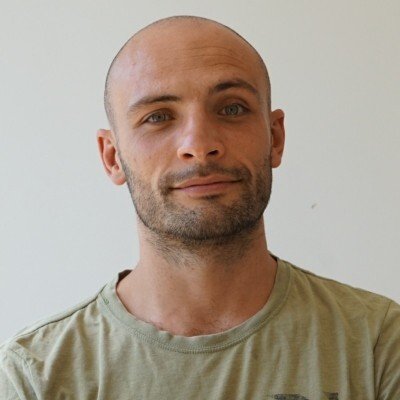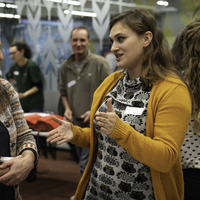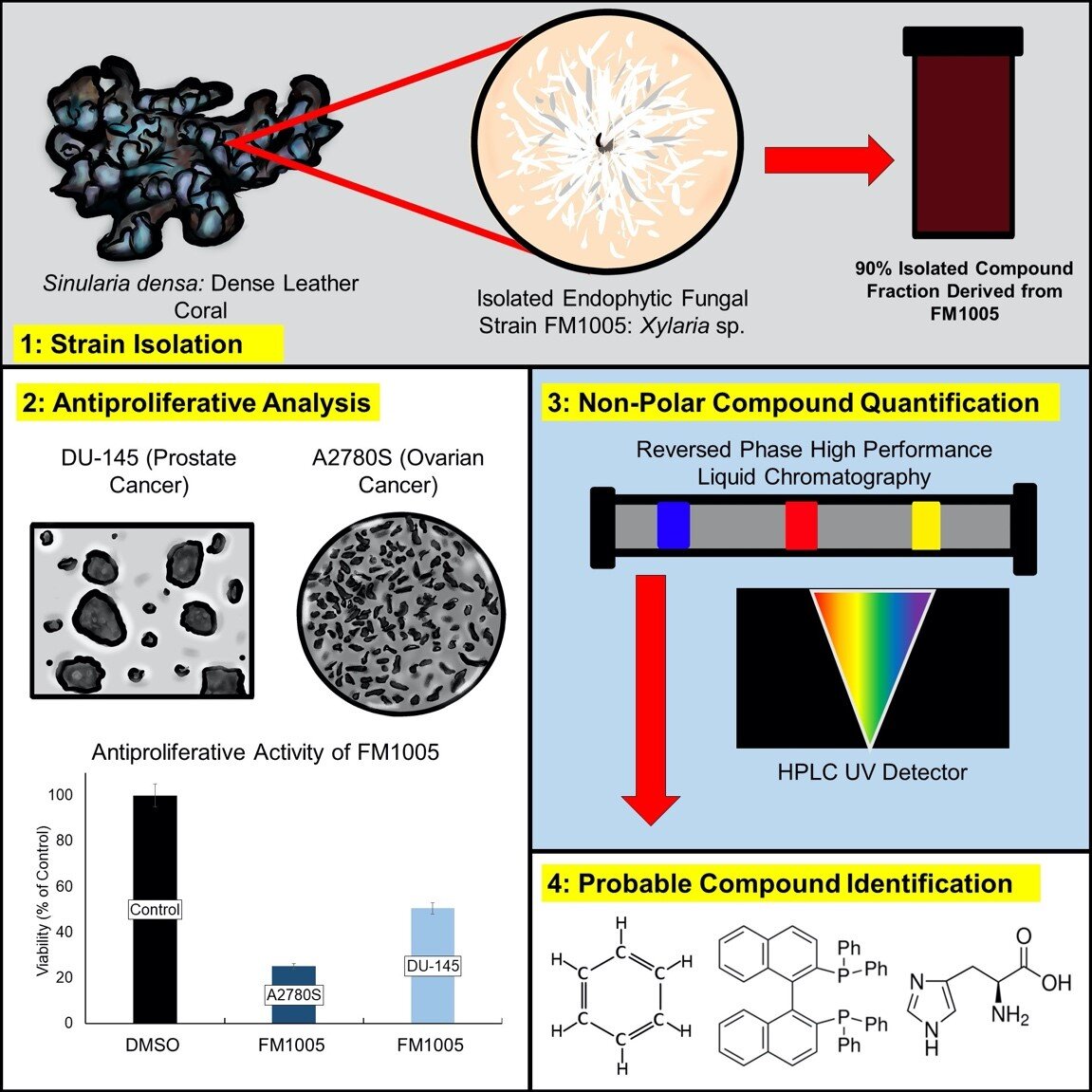Latest Articles
Sort by SDGs…
Or by Style…

The Use of Mycelium Bio-Composites for Environmentally Sustainable Insulation
Poorly insulated buildings drive higher energy usage and greenhouse gas emissions, but current insulation materials are unsustainable. Mark Velichko investigates the potential of new, low-cost and environmentally friendly materials such as fungal mycelium bio-composites, which could provide a sustainable construction solution.

The Biofuel Revolution: What Plant-Based Propulsion Means for Novel Aircraft Design
In this informative article, Vaibhav Rau discusses the necessity of the aviation sector moving towards biofuels in order to reduce carbon emissions. Biofuels are an easy and sustainable method that has great potential within this industry.

Microalgae and More: Is Algaculture Our Sustainable Saviour?
In a thought-provoking analysis, Pearl Jennings explores the potential of algaculture as a sustainable solution to escalating global demands for energy, food, and resources. Highlighting the versatility of algae and its resource efficiency, the article scrutinizes various aspects, from combating malnutrition and minimizing eutrophication to carbon sequestration and biofuel production.

In Conversation with Jack Fisher
Having graduated from the University of Copenhagen with an MSc in Global Health, Jack Fisher has a variety of experiences working within academia, intergovernmental organisations, non-governmental organisations and industry. Today, Jack works at Bayer in their Consumer Health Division developing initiatives in access to healthcare, climate and health as well as broader sustainability efforts across the company. Here Jack talks about his work at the World Health Organisation (WHO), climate change and global health, being a disruptor, and the value of lived experiences to improve health outcomes.

Ecotourism at the Jersey Shore… will it work?
Sam Goel lives on the Jersey Shore, a popular tourist destination in New Jersey, USA, which is critical to the local economy. However, this tourism comes at a cost to the natural environment. Sam discusses how the introduction of eco-tourism policies in order to combat the dangerous levels of pollution in local waters affecting wildlife.

When Climate Change “Meats” STEM
One quarter of the world’s greenhouse gas emissions come from food production, a significant portion of which can be sourced to the meat and dairy industry. Samiksha Manoharan discusses the possibility of using STEM innovation in the form of lab-grown meat to mitigate the meat industry’s impact on the environment.

In Conversation With Daniel Coucerio
Daniel Coucerio, an environmental educator and conservationist, is passionate about connecting young people with nature and empowering rural communities. In an interview with the Youth STEM Matters Team, Daniel discusses unique projects, such as using drones to monitor Brazil nut trees in the Peruvian Amazon and creating an environmental education program in Colombia's Sierra Nevada. He emphasizes the need to link conservation with sustainable rural livelihoods and encourages young people to connect with like-minded individuals. Daniel's work underscores the power of collaboration and technology in advancing conservation efforts.

In Conversation with Dr Davina Derous
Dr. Davina Derous is a systems physiologist and a Senior Research Fellow at the University of Aberdeen, who is currently focusing her research on the study of genes between land and aquatic mammals. In a recent interview with the Youth STEM Matters Team, Dr Derous shared insightful perspectives on the effects of the environment on animal health, the differences between human and animal health, the future of the peer review process and the need to increase accessibility in STEM.

Teen Health and Wildfires: Impassioning Youth Climate Action
Growing up in Southern California (USA), with the constant threat of drought and wildfires, Shelby Negosian became acutely aware of the impact of wildfires on the physical and mental health of teenagers. She shares the perspectives of youth in her community, how wildfires and climate change create a vicious cycle, and empowers teens to fight climate change.

Exploring IPCC Report II - Impacts, Adaptation, and Vulnerability
The second report in the IPCC Sixth Assessment Report series delves into the extensive damage caused by climate change and the urgent need for mitigation and adaptation. It emphasizes the global significance of limiting global warming to 1.5⁰C and highlights the importance of collaborative efforts to safeguard nature and human well-being in the face of climate change.

Can Quantum Mechanics Help Beat Climate Change?
Climate change is one of the most pressing issues of our times, but the slow political progress of climate action has put an increasing focus on technological solutions to combat climate change. Sahaana Vijay explains why we should try to tackle climate change quantum mechanically, and how quantum computing could provide a solution.

Exploring the IPCC Report — Climate Change and the SDGs
Drawing on the findings of more than 6000 published articles, the recent Intergovernmental Panel on Climate Change (IPCC) report is a comprehensive assessment of the impact and future risks of climate change. Kavya Venkatesan delves into the report’s findings, and what they mean for the SDGs.

Breaking Barriers With Bitcoin
The cryptocurrency bitcoin allows secure and transparent transactions to take place, however, this comes at an environmental cost. With artwork by Esra Almaeeni, Kavya Venkatesan explores the impact of bitcoin on the SDGs and discusses the two sides to this coin.

How Transistors Facilitated the Space-Age and How Far They’re Going to Take Us
Transistors are perhaps the greatest invention of the 20th century enabling the switch from large processing systems to the handheld devices we all now own. But what role did they play in space exploration and how are these small electronic devices going to improve our healthcare? With artwork by Amber Briscoe, Lily Tierney explains.

The Interdependence of Human Health and the Health of Planet Earth
Human and wildlife wellbeing are inextricably linked. From medicine, to food production, to disease; human health depends on the health of the ecosphere. With artwork by Kiera McCabe, Laura Maisvoreva explores this interdependence.

Why We Need Creativity in STEM to Achieve the SDGs
In celebration of World Creativity and Innovation Day, Kiera McCabe shares her perspectives on why we need creativity in STEM to achieve the Sustainable Development Goals, and highlights some innovative companies and organisations who are leading the way in using creativity for good.

Bacterial Concrete: A Sustainable Building Material with Advantageous Properties
Concrete is the most used man-made material in the world, but it is not indestructible and has a considerable environmental impact. Katie Molyneux evaluates the potential of bacterial concrete as a more sustainable building material which boasts several advantageous properties.

An Introduction to Climate Change
Climate change poses one of the most principal threats to the biological diversity of the planet and is projected to become an increasingly important driver of change in the coming decades. Fathia Bello Tolani gives an introduction to climate change and its impacts.

In Conversation With Yasmin Ali
Yasmin Ali is a multi award-winning chartered chemical engineer who is currently working as an Energy Innovation Project Manager in the UK’s Government Department for Business, Energy, and Industrial Strategy. Our Volunteer Team recently got the chance to speak to Yasmin (via video call) about her work and achievements.

Utilizing HPLC to Analyze the Presence of Anticancerous Compounds Residing from the Isolate FM1005 (Xylaria sp.) Derived from Sinularia densa
The diversity within Hawaii's intertwined marine reef systems opens the door for interdisciplinary knowledge to be applied and expanded upon. Lela DeVine dives into research to identify potentially anticancerous marine sources through marine-based pharmacology.


















